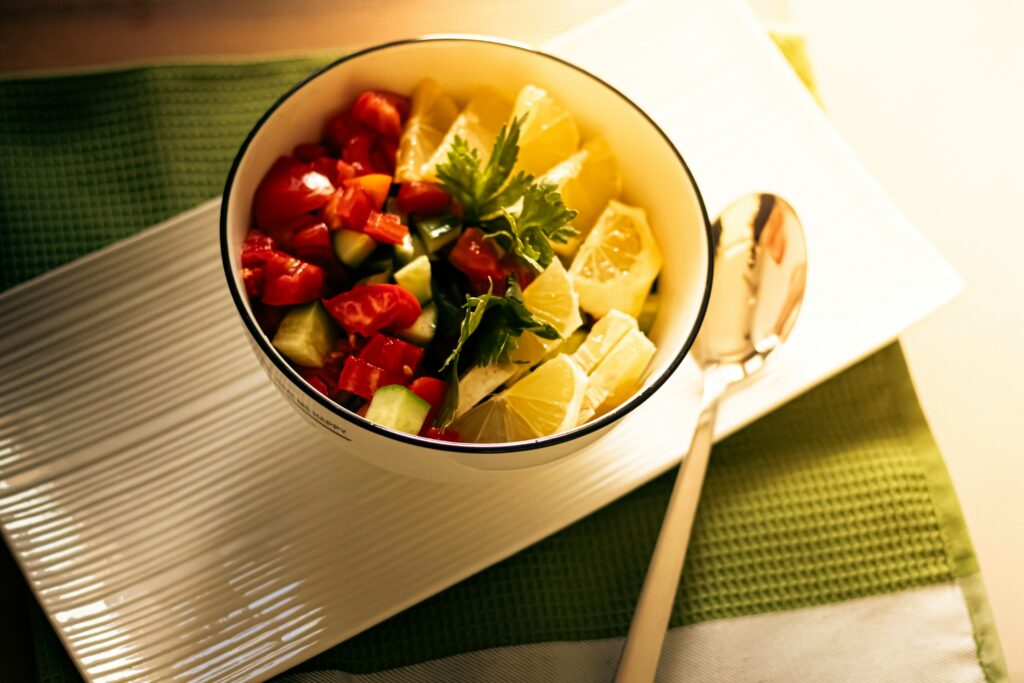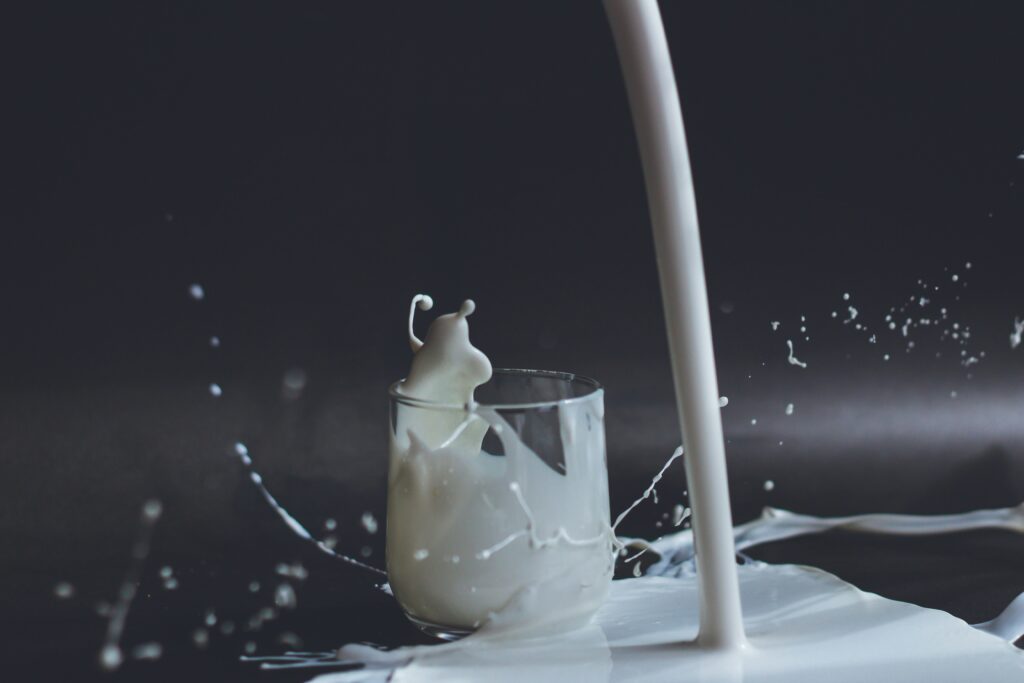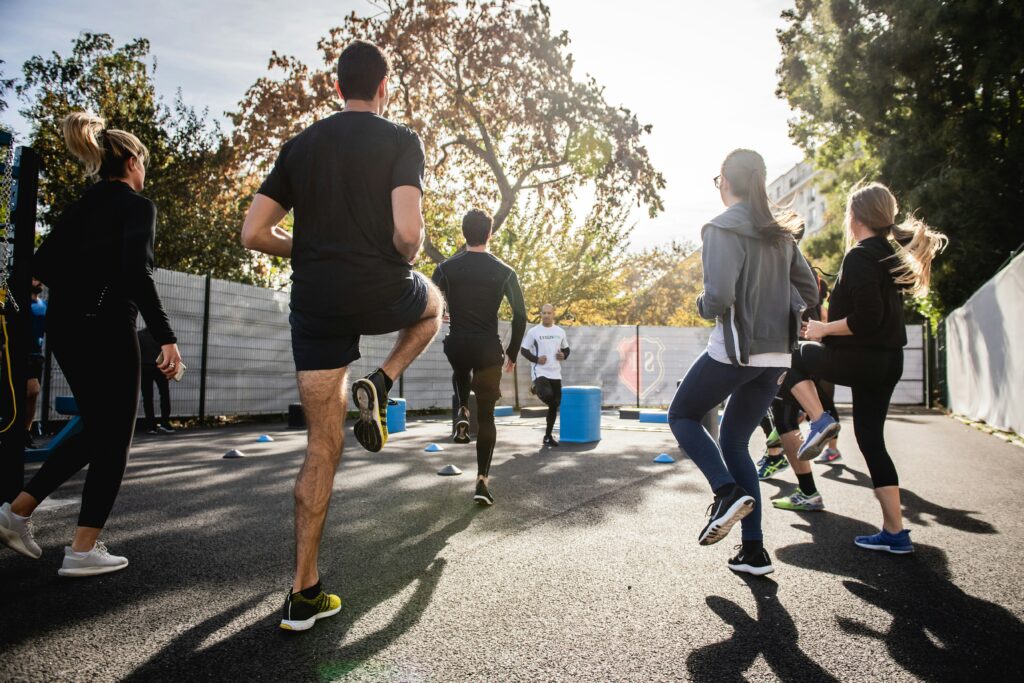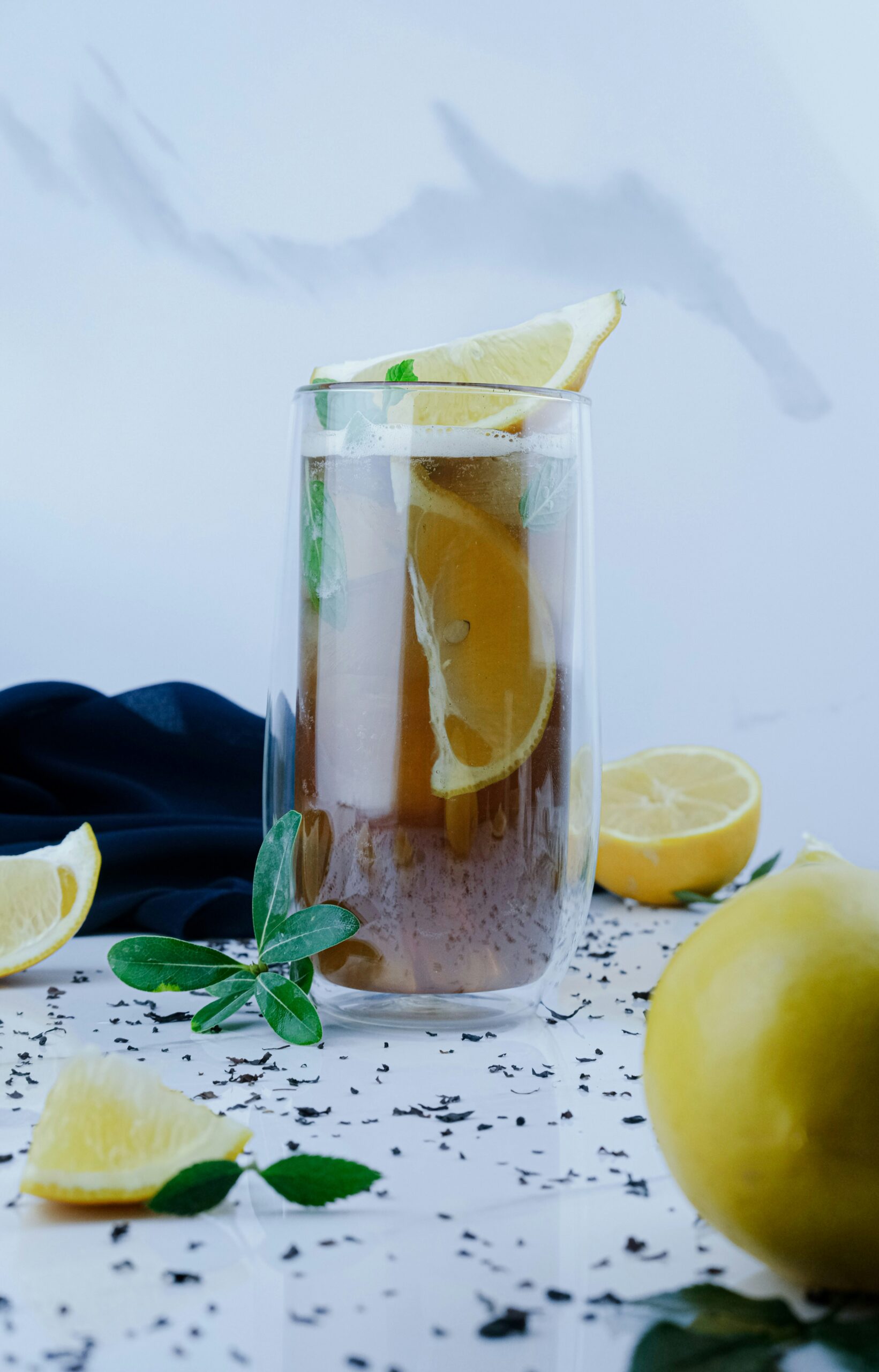
Introduction
As temperatures rise and summer activities kick into high gear, staying properly hydrated becomes more crucial than ever. While we’ve all heard the advice to “drink eight glasses of water a day,” proper hydration goes far beyond simply consuming water. In fact, how you hydrate, when you hydrate, and what you consume alongside water can make a significant difference in how your body utilizes fluids during the hot summer months.
Dehydration can sneak up quickly during summer activities, leading to decreased performance, headaches, fatigue, and even more serious health concerns. But with strategic hydration practices that go beyond just drinking water, you can maintain optimal energy levels, support recovery, and enjoy all your summer adventures to the fullest.
In this comprehensive guide, we’ll explore science-backed strategies for summer hydration that go beyond the water bottle, including hydrating foods, electrolyte balance, natural supplements, and smart hydration habits that will keep you feeling your best all season long.
Why Water Alone Isn’t Always Enough
While water is undeniably the foundation of proper hydration, there are several reasons why it might not be sufficient on its own during intense summer heat or activity:
Electrolyte Balance
When you sweat, you don’t just lose water—you lose essential electrolytes like sodium, potassium, magnesium, and calcium. These minerals play crucial roles in muscle function, nerve signaling, and fluid balance. During extended outdoor activities or heat exposure, replenishing these electrolytes becomes just as important as replacing lost water.
Absorption Rates
The rate at which your body can absorb and utilize water depends on several factors, including the presence of certain minerals and carbohydrates. Some research suggests that specific combinations of water, electrolytes, and small amounts of glucose can enhance fluid absorption in the intestines, making hydration more efficient.
Cellular Hydration
True hydration happens at the cellular level. For water to effectively hydrate your cells, it needs to actually enter them—not just pass through your digestive system. Certain nutrients and compounds can help facilitate this cellular hydration process.
Hydrating Foods to Incorporate This Summer

Some of the most effective hydration strategies involve what’s on your plate, not just in your glass. These water-rich foods not only provide fluid but also essential nutrients that support overall hydration:
Cucumbers (96% water)
With the highest water content of any solid food, cucumbers are summer hydration superstars. They also provide silica, which supports connective tissue health, and antioxidants that help combat inflammation.
Serving suggestion: Create a cooling cucumber salad with Greek yogurt, dill, and a touch of lemon juice for a hydrating side dish.
Watermelon (92% water)
This summer favorite delivers a significant hydration boost along with lycopene, vitamin C, and natural electrolytes. Its natural sweetness makes it an excellent alternative to sugary treats on hot days.
Serving suggestion: Blend watermelon chunks with mint leaves and freeze in popsicle molds for a refreshing, hydrating treat.
Strawberries (91% water)
These berries pack a hydrating punch while providing fiber, vitamin C, and antioxidants that support immune function and skin health—particularly important during sun exposure.
Serving suggestion: Top Greek yogurt with fresh strawberries and a drizzle of honey for a protein-rich, hydrating breakfast.
Lettuce (96% water)
Leafy greens like romaine and butterhead lettuce are incredibly hydrating and provide folate, vitamin A, and fiber.
Serving suggestion: Use large lettuce leaves as wraps instead of bread or tortillas for a hydrating twist on sandwiches and tacos.
Celery (95% water)
Beyond its high water content, celery provides natural sodium, potassium, magnesium, calcium, phosphorus, and electrolytes—making it nature’s sports drink.
Serving suggestion: Spread celery sticks with almond butter for a hydrating, protein-rich snack.
Electrolyte Balance: The Key to Effective Hydration

Maintaining proper electrolyte balance is crucial for effective hydration, especially during summer when electrolyte loss through sweat increases significantly.
Key Electrolytes and Their Functions:
- Sodium: Regulates fluid balance and supports nerve function
- Potassium: Essential for heart function and muscle contractions
- Magnesium: Involved in over 300 enzymatic reactions, including energy production
- Calcium: Critical for muscle function and bone health
- Chloride: Helps maintain proper fluid balance and digestion
Natural Sources of Electrolytes:
- Sodium: Sea salt, celery, beets
- Potassium: Bananas, avocados, coconut water
- Magnesium: Pumpkin seeds, spinach, dark chocolate
- Calcium: Yogurt, kale, almonds
- Chloride: Olives, seaweed, tomatoes
DIY Electrolyte Drink Recipe:
Create your own natural electrolyte drink with this simple recipe:
- 2 cups filtered water
- ¼ teaspoon high-quality sea salt
- 2 tablespoons fresh lemon or lime juice
- 1 tablespoon natural sweetener (honey or maple syrup)
- Optional: ¼ teaspoon magnesium powder
This homemade version avoids the artificial colors, flavors, and excessive sugars found in many commercial sports drinks while providing the electrolytes your body needs.
Hydration Supplements Worth Considering
For those with increased hydration needs or who struggle to maintain proper hydration through diet alone, several supplements can help:
Electrolyte Powders and Tablets
Products like Nuun Hydration Tablets or LMNT Electrolyte Powder provide concentrated electrolytes without excessive sugar. These can be particularly useful during extended outdoor activities or for those who sweat heavily.
Coconut Water Powder
Dehydrated coconut water like Navitas Organics Coconut Water Powder provides natural electrolytes in a shelf-stable, portable form. It can be mixed with water for an instant hydration boost.
Aloe Vera Juice
Aloe vera has been shown to enhance water absorption in the intestines. Products like Lily of the Desert Aloe Vera Juice can be added to water or smoothies to support hydration efficiency.
Trace Mineral Drops
Concentrated mineral drops such as Trace Minerals Research ConcenTrace can be added to water to replace minerals lost through sweat and support cellular hydration.
Signs You’re Not Properly Hydrated
Recognizing the early signs of dehydration can help you address hydration needs before more serious symptoms develop:
Mild to Moderate Dehydration:
- Thirst (note: by the time you feel thirsty, you’re already mildly dehydrated)
- Darker urine or decreased urination
- Dry mouth or lips
- Fatigue or lethargy
- Headache
- Muscle cramps
- Decreased athletic performance
Severe Dehydration (Seek Medical Attention):
- Extreme thirst
- Very dark urine or no urination
- Dizziness or lightheadedness
- Rapid heartbeat
- Confusion or irritability
- Sunken eyes
- Low blood pressure
Strategic Hydration Habits for Summer

Developing smart hydration habits can help you maintain optimal hydration throughout the summer months:
Front-Load Your Hydration
Consume 16-20 ounces of water first thing in the morning to rehydrate after overnight water loss. Consider adding a pinch of high-quality salt and a squeeze of lemon to enhance absorption.
Time Your Hydration Around Activities
Drink 16-20 ounces of fluid 2-3 hours before outdoor activities, then 8 ounces every 15-20 minutes during activity. Follow up with electrolyte-rich fluids afterward to support recovery.
Consider Your Environment
Air conditioning and high altitudes can increase fluid needs, even if you’re not noticeably sweating. Increase your fluid intake in these conditions.
Use Technology to Track Hydration
Apps like WaterMinder or smart water bottles such as HidrateSpark can help you track your fluid intake and set reminders throughout the day.
Create Hydration Stations
Place water bottles or hydrating beverages in strategic locations—your desk, car, bedside table, and gym bag—to make hydration convenient and top-of-mind.
Hydration for Specific Summer Activities
Different summer activities may require specialized hydration approaches:
Beach Days
- Bring frozen water bottles that will thaw throughout the day
- Pack water-rich fruits like watermelon and oranges
- Consider coconut water for natural electrolyte replacement
- Avoid alcohol, which accelerates dehydration
Hiking and Camping
- Use a hydration bladder like CamelBak for convenient sipping
- Bring water purification tablets or a filter for refilling from natural sources
- Pack electrolyte tablets to add to water on longer hikes
- Front-load hydration before setting out
Outdoor Workouts
- Weigh yourself before and after intense workouts; each pound lost represents about 16 ounces of fluid that needs replacement
- Choose sports drinks with electrolytes for workouts lasting longer than 60 minutes
- Consider adding branched-chain amino acids (BCAAs) to your hydration for muscle support during longer sessions
Conclusion
Summer hydration goes far beyond simply drinking water. By incorporating hydrating foods, maintaining electrolyte balance, considering supportive supplements, and developing strategic hydration habits, you can maintain optimal hydration levels even during the hottest days and most demanding activities.
Remember that hydration needs are highly individual and depend on factors including your body size, activity level, environment, and even genetics. Pay attention to your body’s signals and adjust your hydration strategy accordingly.
By taking a comprehensive approach to hydration that goes beyond water, you’ll be well-equipped to enjoy all your summer adventures while feeling energized, focused, and at your physical best.
This article is for informational purposes only and is not intended as medical advice. Always consult with a healthcare professional before making significant changes to your diet or supplement regimen, particularly if you have underlying health conditions.


Leave a Reply